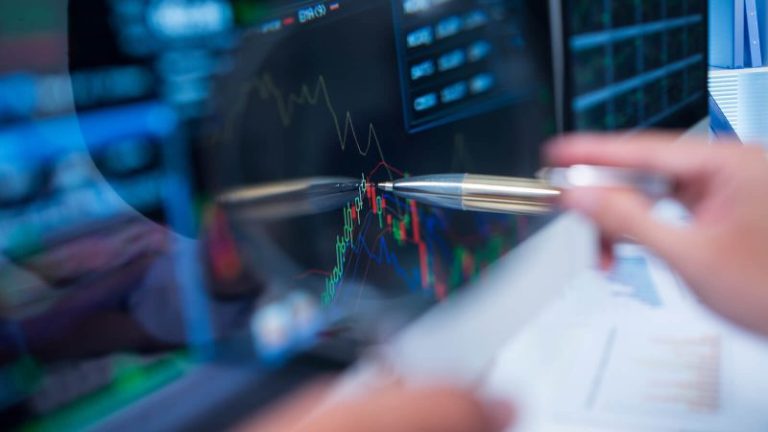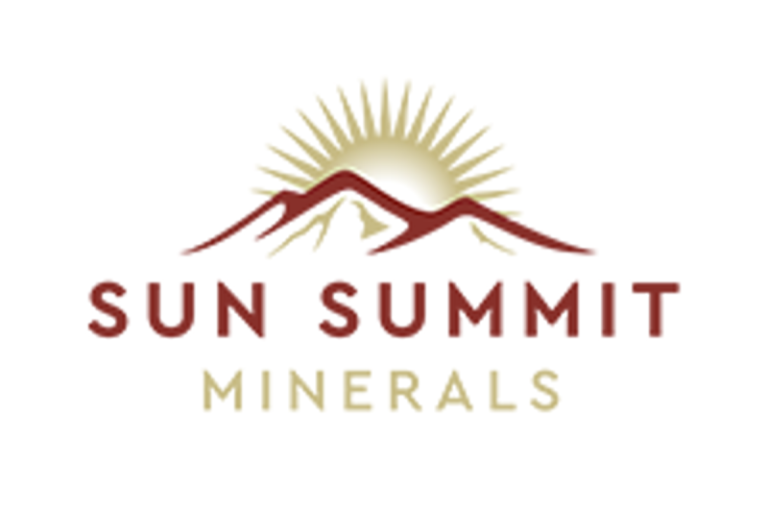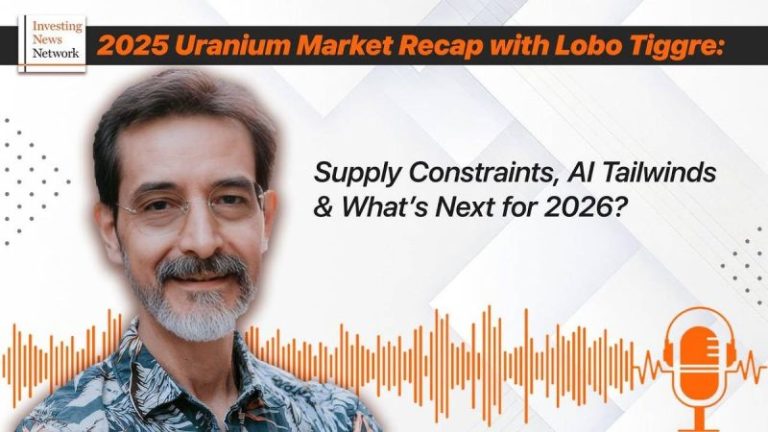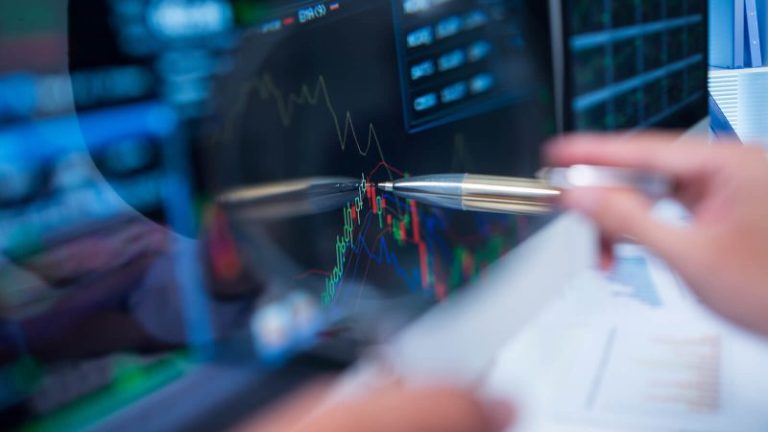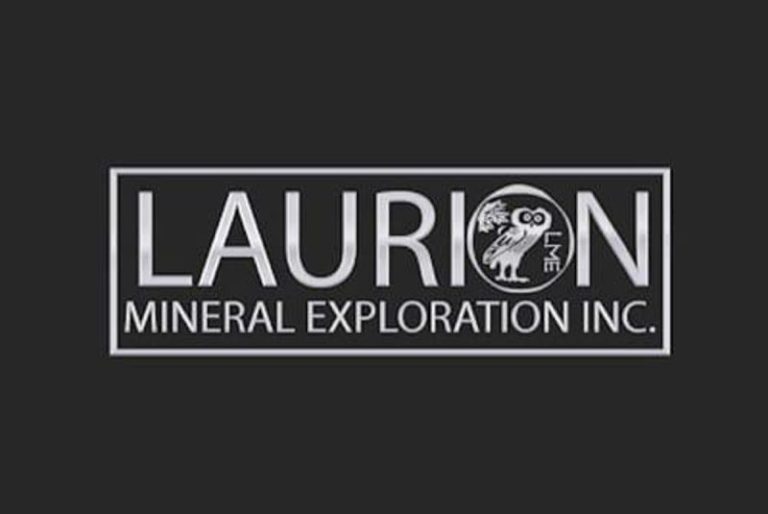(TheNewswire)
Vancouver, British Columbia / December 23, 2025 ‑ TheNewswire – Harvest Gold Corporation (TSXV: HVG,OTC:HVGDF) (‘Harvest Gold‘ or the ‘Company‘) is pleased to announce the completion of its maiden drill program on the northern and central areas of Mosseau, its flagship project in Quebec’s Abitibi Urban Barry belt, the home to Gold Field’s Windfall deposit. Further is a summary of the advancements made on Harvest Gold’s district scale land package in 2025.
Harvest Gold President and CEO, Rick Mark, states: ‘Looking back, it has been a very busy and successful year advancing our three property, district scale land package in the Quebec Urban Barry belt. We could not have done it without the ongoing support of our largest shareholder, Crescat Capital, who now owns approximately 19.9% of Harvest Gold, and all the other investors who participated in our three private placements this year. I also want to recognize Louis Martin, who has led our excellent geological team and managed the various exploration and drilling programs conducted in 2025. We are very much looking forward to 2026’.
MOSSEAU
Harvest Gold completed 21 diamond drill holes totaling 4,692 metres on the Mosseau property. Drilling targeted the northern and central areas of the property. Assay results for the northern drill holes have been received and have either been reported or are currently being compiled. Assay results from the central portion of the property are pending, with complete results from both areas expected in January.
Diamond drilling was carried out by Forage Rouillier Drilling of Amos. Drill supervision and core logging were completed by Explo-Logik, and drill core analyses were performed by AGAT Laboratories.
Additional work on Mosseau completed in 2025 included expanded magnetic coverage flown by Novatem over newly staked claims adjoining the Mosseau Property and a second phase of prospecting and a soil sampling program by IOS.
URBAN BARRY
A regional, property-wide reconnaissance till sampling program was completed by IOS in 2025. Results are pending and are expected in January 2026.
LaBELLE
A property wide high-resolution airborne magnetic survey flown by Novatem was completed over the Labelle property. This survey confirmed the extension of the Kiask River Corridor across the property. A prospecting and soil survey was also completed over the western part of the property. Results are pending and are expected in January 2026.
FINANCING
In 2025, the Company raised a total of $3,429,299.89 in three non-brokered private placements to fund exploration activities on its three properties in Quebec’s Urban Barry belt.
About Harvest Gold Corporation
Harvest Gold is focused on exploring for near-surface gold deposits and copper-gold porphyry deposits in politically stable mining jurisdictions. Harvest Gold’s board of directors, management team and technical advisors have collective geological and financing experience exceeding 400 years.
Harvest Gold has three active gold projects focused in the Urban Barry area, totalling 377 claims covering 20,016.87 ha, located approximately 45-70 km west of Gold Fields Limited’s – Windfall Deposit.
Harvest Gold acknowledges that the Mosseau Gold Project straddles the Eeyou Istchee-James Bay and Abitibi territories. Harvest Gold is committed to developing positive and mutually beneficial relationships based on respect and transparency with local Indigenous communities.
Harvest Gold’s three properties, Mosseau, Urban-Barry and LaBelle, together cover over 50 km of favorable strike along mineralized shear zones.
Qualified Person Statement
All scientific and technical information in this news release has been prepared and approved by Louis Martin, P.Geo., Technical Advisor to the Company and considered a Qualified Person for the purposes of NI 43-101.
ON BEHALF OF THE BOARD OF DIRECTORS
Rick Mark
President and CEO
Harvest Gold Corporation
For more information please contact:
Rick Mark or Jan Urata
@ 604.737.2303 or info@harvestgoldcorp.com
Neither TSX Venture Exchange nor its Regulation Services Provider (as that term is defined in the policies of the TSX Venture Exchange) accepts responsibility for the adequacy or accuracy of this release.
Forward Looking Information
This news release includes certain statements that may be deemed ‘forward looking statements’. All statements in this news release, other than statements of historical facts, that address events or developments that Harvest Gold expects to occur, are forward looking statements. Forward looking statements are statements that are not historical facts and are generally, but not always, identified by the words ‘expects’, ‘plans’, ‘anticipates’, ‘believes’, ‘intends’, ‘estimates’, ‘projects’, ‘potential’ and similar expressions, or that events or conditions ‘will’, ‘would’, ‘may’, ‘could’ or ‘should’ occur.
Although the Company believes the expectations expressed in such forward-looking statements are based on reasonable assumptions, such statements are not guarantees of future performance and actual results may differ materially from those in the forward-looking statements. Factors that could cause the actual results to differ materially from those in forward looking statements include market prices, exploitation and exploration successes, and continued availability of capital and financing, and general economic, market or business conditions. Investors are cautioned that any such statements are not guarantees of future performance and actual results or developments may differ materially from those projected in the forward-looking statements. Forward looking statements are based on the beliefs, estimates and opinions of the Company’s management on the date the statements are made. Except as required by securities laws, the Company undertakes no obligation to update these forward-looking statements in the event that management’s beliefs, estimates or opinions, or other factors, should change.
Copyright (c) 2025 TheNewswire – All rights reserved.


